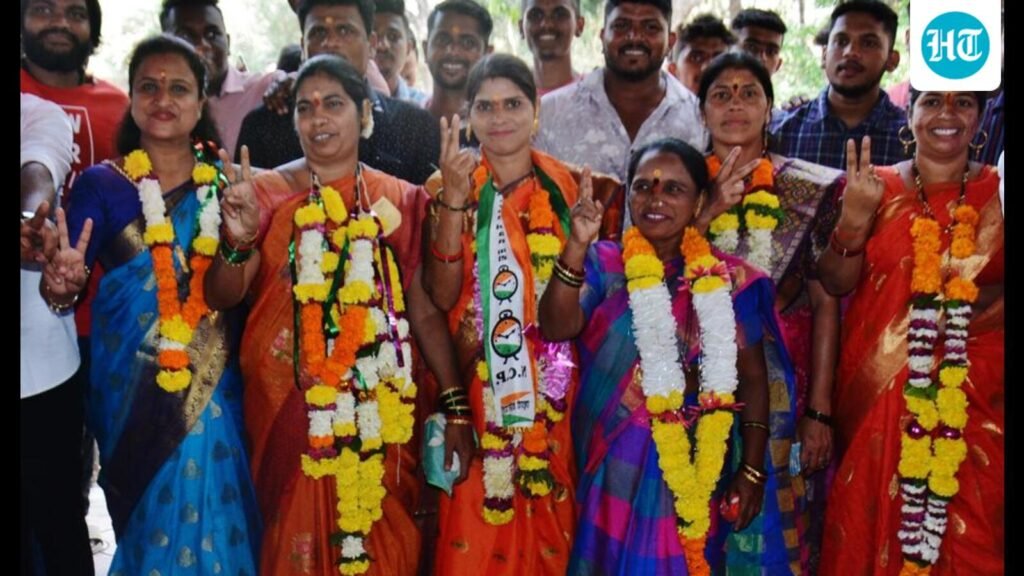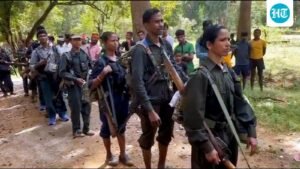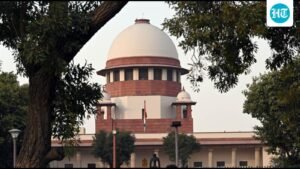
On October 17, the director — local body, the urban development department of Uttar Pradesh (DLB UP), issued a circular prohibiting councillor. patis from participating in formal meetings as proxy representatives for their wives. Counselor patis — or sarpanch patis — refers to husbands or other male relatives of elected women representatives who wrongfully wield power on the latter’s behalf, engaging with citizens and attending meetings as if they were the elected official. This practice fundamentally undermines women’s representation in policymaking.

The DLB UP’s circular is a significant move with an interesting backstory, brought to light by the department’s transparency. A former member of the Haryana State Commission for Protection of Child Rights filed a complaint with the National Human Rights Commission (NHRC). The complaint referred to a July 2023 Supreme Court order on a writ petition by an NGO, in which the court expressed concern over husbands and male relatives of elected women leaders misusing the women’s official positions in panchayati raj institutions (PRIs).
In a proactive move, the NHRC wrote to the principal secretaries of urban development departments of all states, urging them to verify the prevalence of this practice. The commission also emphasized the need to preserve the integrity of women’s representation in governance and ensure genuine empowerment at the grassroots level. It remains to be seen whether other states will emulate the UP DLB, and whether urban local governments (ULGs) in UP will comply in spirit.
Following the July 2023 Supreme Court order, the ministry of panchayati raj constituted an expert committee to eliminate the practice of sarpanch patisThe committee recommended, among other measures, exemplary penalties for violations, capacity building of elected representatives, robust reporting mechanisms, technological solutions for transparency, gender-exclusive quotas to ensure fair representation, and mandatory public swearing-in to uphold accountability,
The constitutionally mandated 33% reservation for women in ULGs and PRIs is revolutionary in modern democracy. Seventeen states have gone over and above the constitutional minimum and legislated 50% reservation in their municipal acts. Many cities — such as Bhubaneswar, Patna, Ranchi, and Shimla — now have around 60% women councillors, exceeding even the mandated 50% reservation. As a result, India now has 40,119 women councillors, accounting for a remarkable 46% representation. In comparison, women’s representation in local governments is 34% in the UK and Australia, 26% in Canada, and 13% in Japan.
India’s 46% representation shows that women are not only contesting from reserved seats but are also winning from unreserved ones. Yet, this representation is meaningful only if they are free of the shackles of their councillor patis dominating or usurping their powers and functions. That is where this directive of the NHRC and the consequent circular of the DLB UP gain significance.
Women’s representation in local government can, and should, grow stronger. Uttar Pradesh, Haryana, Uttarakhand, and West Bengal are the major states that have stayed with the constitutional minimum of 33%. Yet, numerical representation alone is insufficient — it must be accompanied by leadership development.
In states such as Kerala, anecdotal evidence suggests that women self-help groups (SHGs) have been able to participate effectively in the political process through reservation. Schemes such as the National Urban Livelihoods Mission should not restrict themselves to livelihoods alone but also focus on convergence between ULGs and community organizations, similar to how the rural livelihoods mission champions convergence between PRIs and community-based organizations. This approach gives a formal voice to women in terms of planning and resource allocation. In rural areas, for instance, Village Poverty Reduction Plans developed by women’s SHGs inform Gram Panchayat Development Plans. Creating similar pathways in urban areas is an important first step toward meaningful councilor leadership.
Beyond this, systematic Counselor Leadership Development Programs are essential — potentially through an institute modeled on the Lal Bahadur Shastri National Academy of Administration, which trains IAS officers. Other critical measures include pay scales for councillors commensurate with MLAs and MPs, council infrastructure comparable to Lok Sabha and Vidhan Sabha, live webcasts of council meetings, and radical transparency in the agendas and minutes of council meetings. These interventions would genuinely empower women councilors as community leaders with effective voice and agency in policymaking and resource allocation.
Research demonstrates that women’s leadership delivers superior development outcomes. In India, studies show, female political leaders positively impact voter turnout, health, and education outcomes, and inspire young girls toward leadership. Women in public administration make governments more responsive and accountable, improve service quality, and build citizen trust. banning councilor patis is the first step towards bolstering this. This Constitution Day, let’s commit to the next step: empowering women councilors through increased representation, leadership development, and institutional support. Women councillors, when meaningfully empowered, can catalyse safe, inclusive, and vibrant cities — not just for women, but for all.
Srikanth Viswanathan is CEO, Janaagraha. The views expressed are personal






